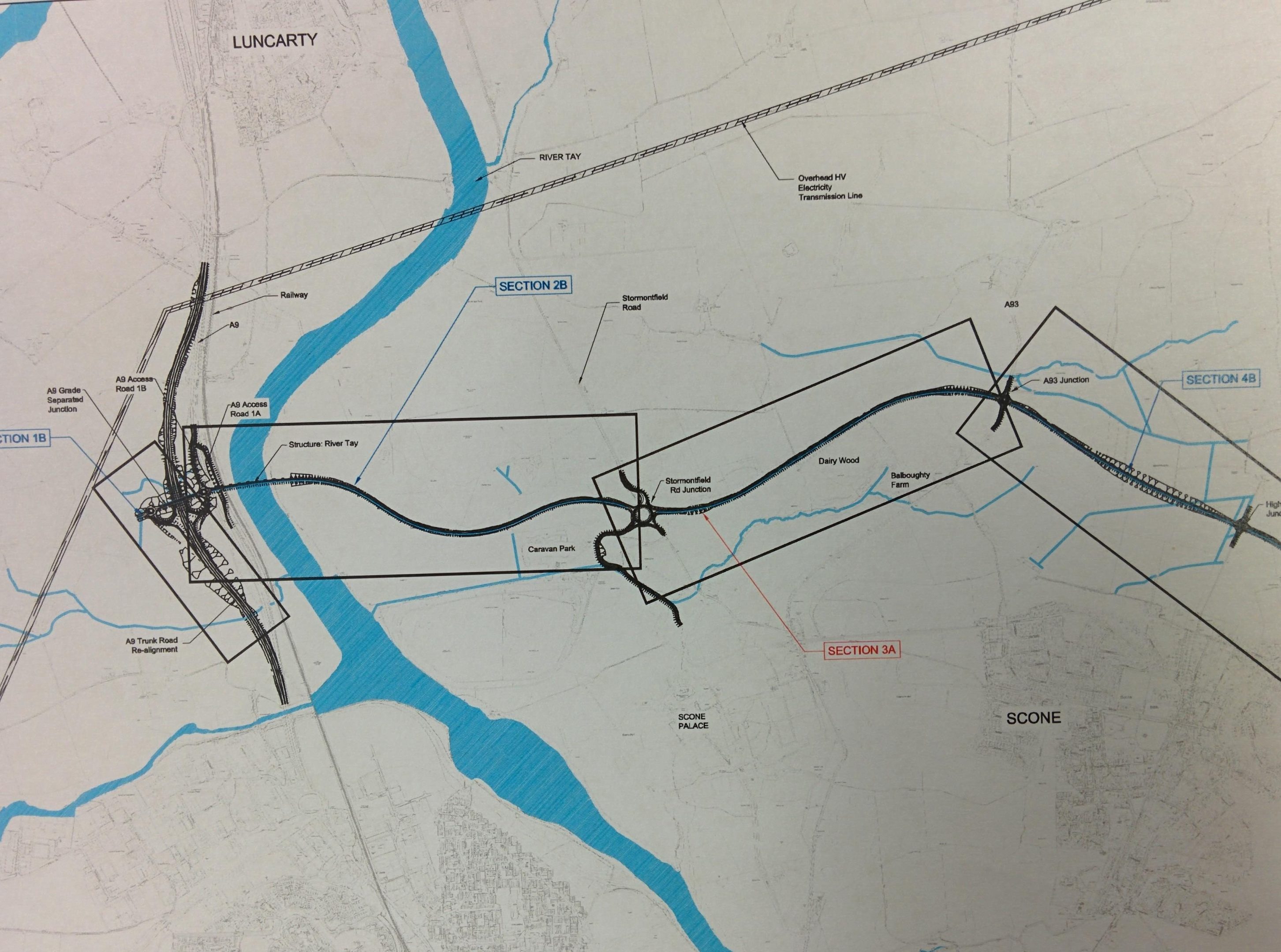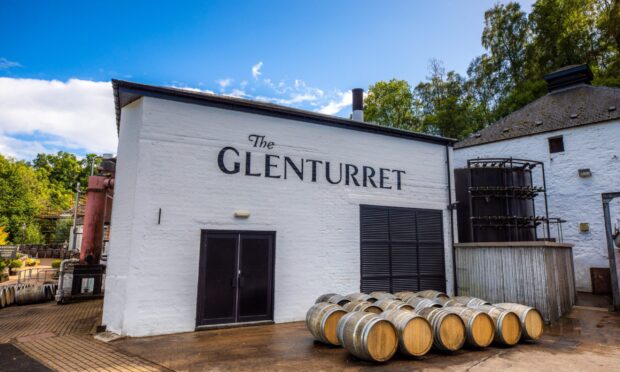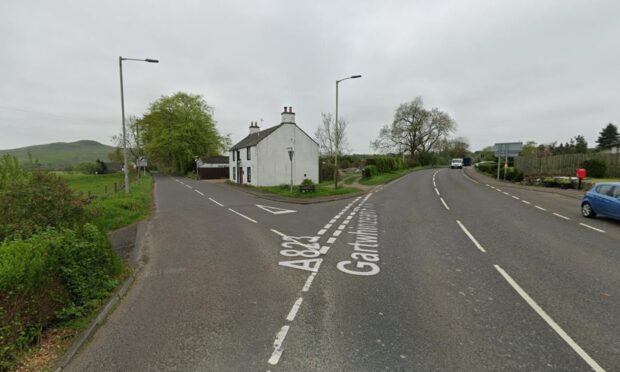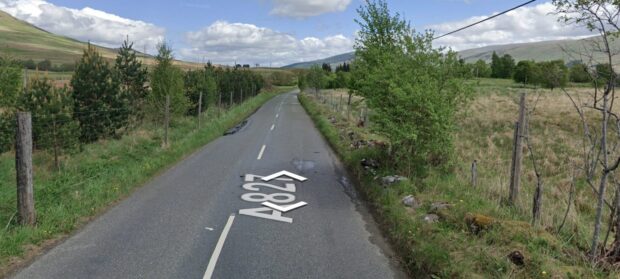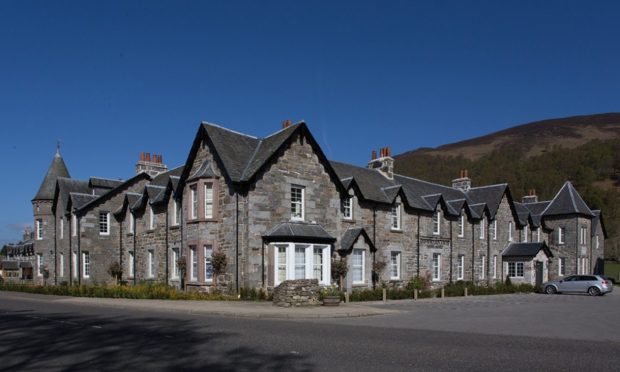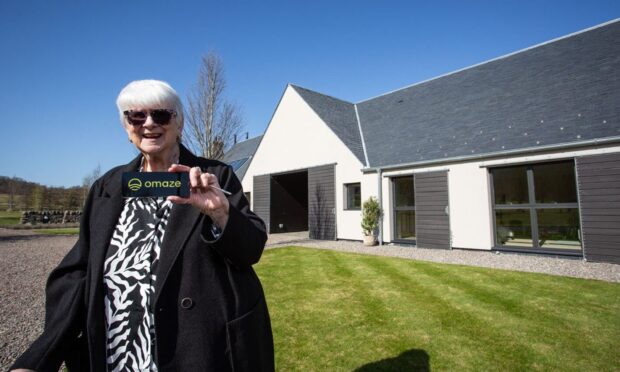It has emerged that public health chiefs at NHS Tayside harbour significant concerns about future housebuilding in and around Scone.
Director of Public Health Drew Walker said he supported efforts to ensure that no further developments will go forward before the Cross Tay Link Road is built.
Dr Walker believes air quality between Perth city centre and Scone is harmful to the health of residents — with Bridgend of particular concern.
He said he shared community fears that air pollution from traffic will increase if developments are permitted before the bridge is developed.
After a moratorium on housebuilding was rejected by the council on Wednesday, residents said they feared it could reach deadly levels.
They have pledged to continue to campaign for a delay in development until the link road is completed and remain hopeful that the opinion of NHS Tayside will carry weight.
In a letter to Scone and District Community Council, Dr Walker said: “I note the good work that has been under way in Perth to engage the community, commuters and visitors in using alternative forms of travel to reduce air pollution.
“While these are worthwhile and will improve health both through reducing air pollution and increasing the uptake of active travel options they cannot alone reduce air pollution levels if increases in traffic volume are predicted.”
The village and the surrounding area are seen as ripe for new housing, with Perth builders A&J Stephen the latest to put forward a plan.
Bosses have submitted a masterplan for a new “neighbourhood”, comprising up to 700 new homes to the north of the village.
Perth and Kinross Council believes the solution to air quality problems will come in the form of the link road and though that may be some years away yet, it has been unwilling to defer new housing until the road and new Tay crossing is completed.
Perth’s problems with air quality stem from the presence of a number of traffic bottlenecks, including Barrack Street, Tay Street, Dundee Road, the Queen’s Bridge and Bridgend.
New studies have also seen some of Scone’s main streets breach EU pollution limits for the first time.
Worst affected are the junction of Atholl Street, Melville Street and North Methven Street, with Atholl Street regularly identified as one of the country’s 12 most polluted streets.
Due to the high levels of nitrogen dioxide (N02) and particulates in the air, the city centre was first designated an Air Quality Management Area in 2006.
Since then, the council has supported park and ride schemes and worked to change traffic light sequencing but serious air quality issues remain.
Though the levels are unlikely to be immediately harmful to residents, over time breathing in raised levels of N02 can lead to an increased likelihood of respiratory problems.
It inflames the lining of the lungs and can reduce immunity to lung infections, causing problems such as wheezing, coughing, colds, flu and bronchitis.
